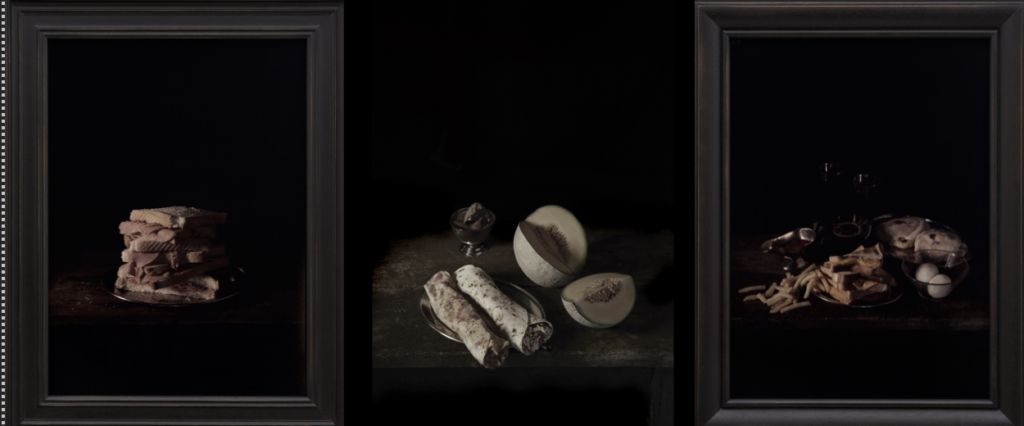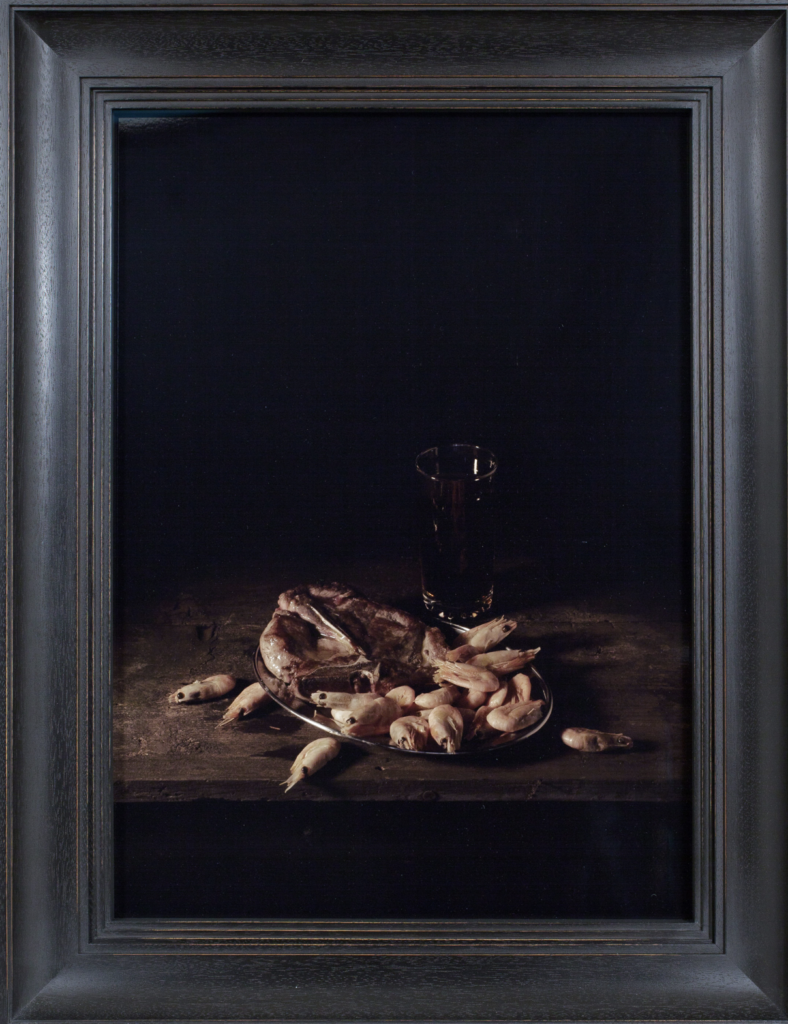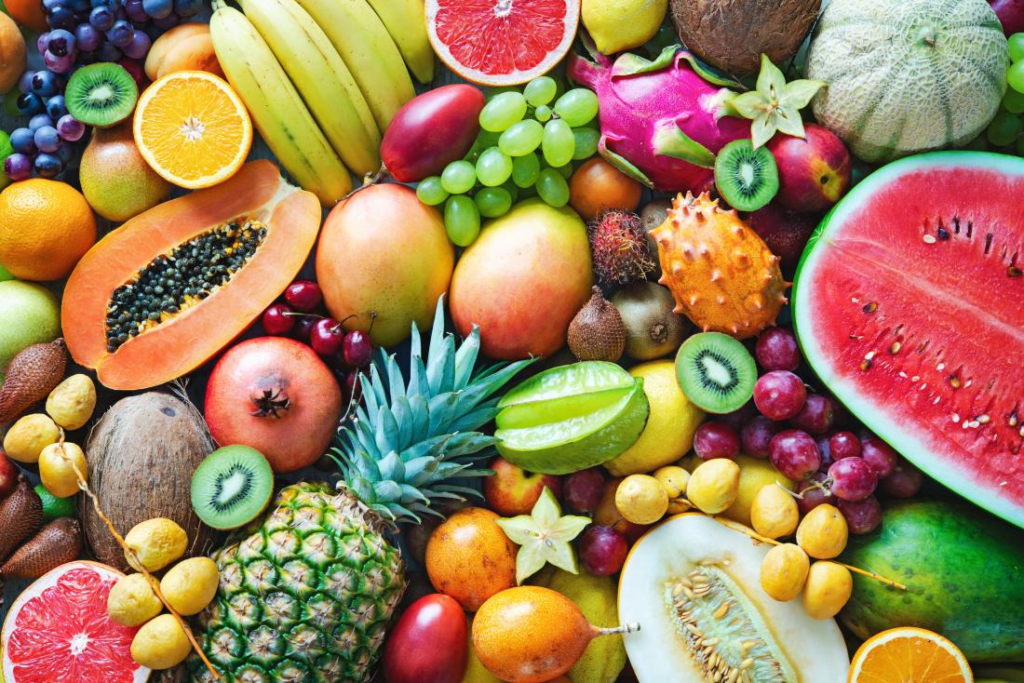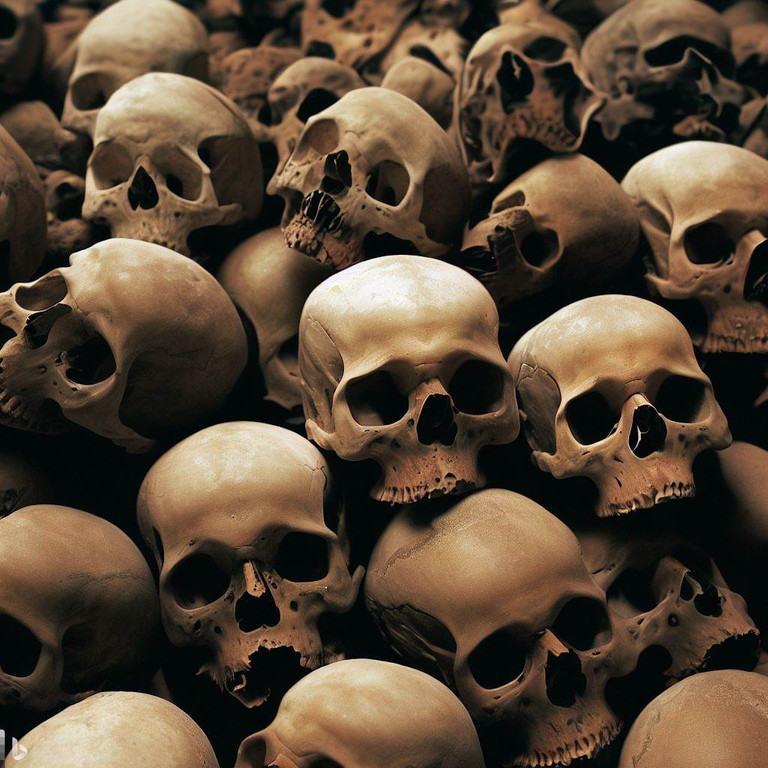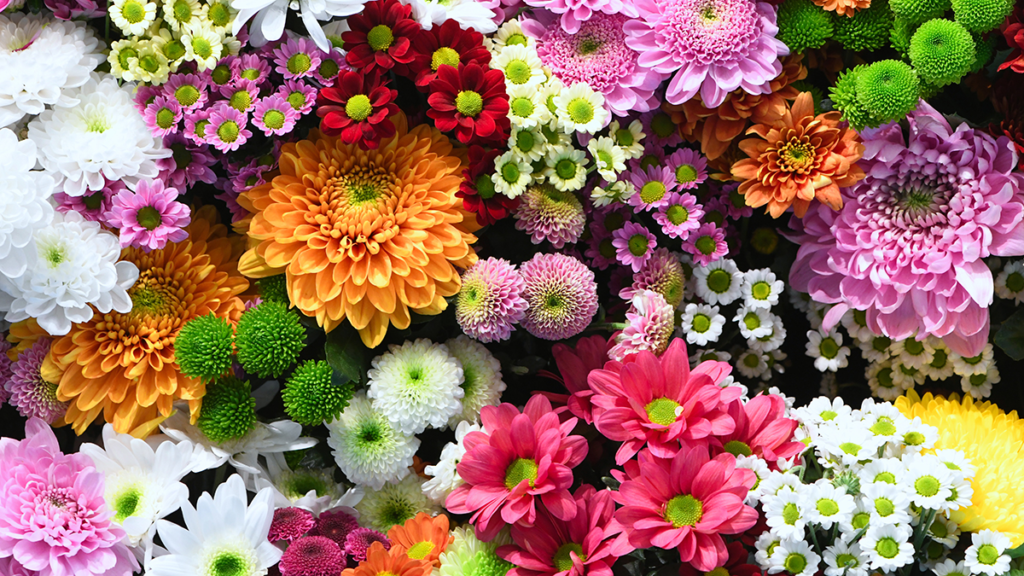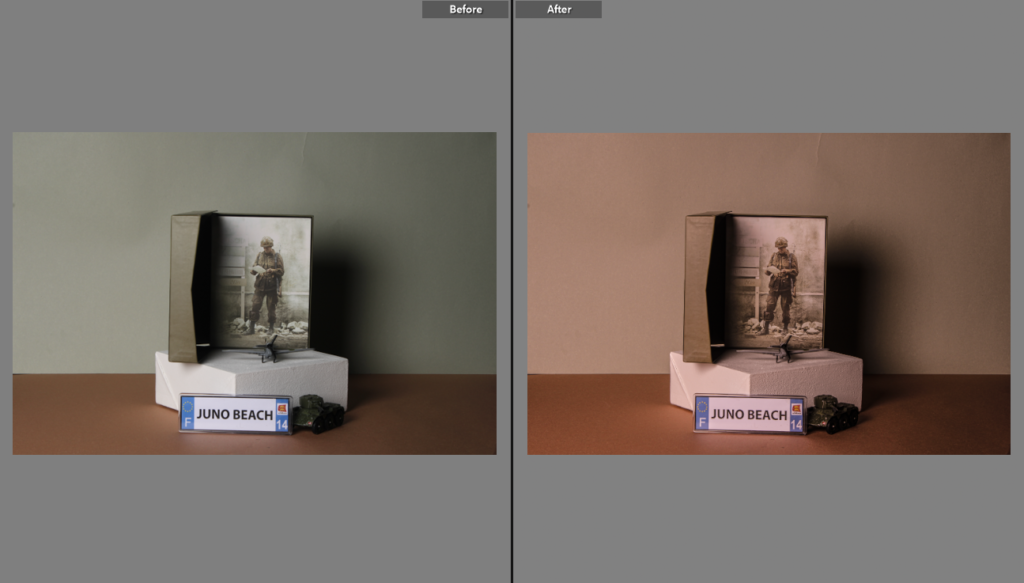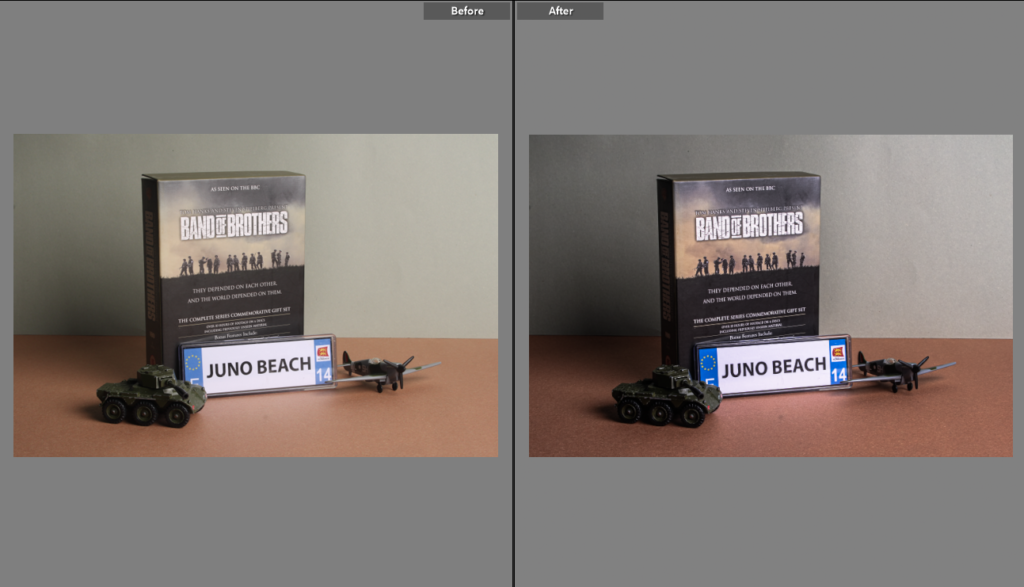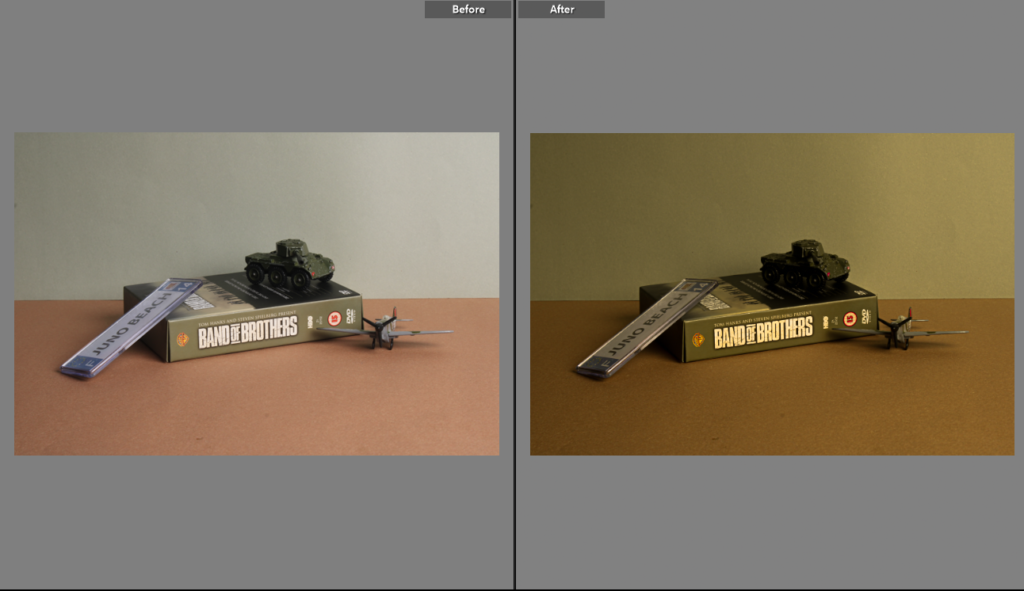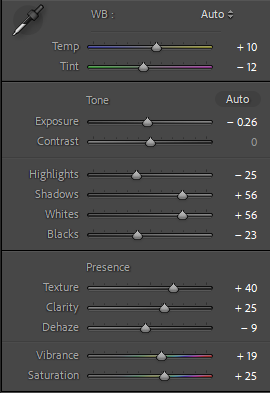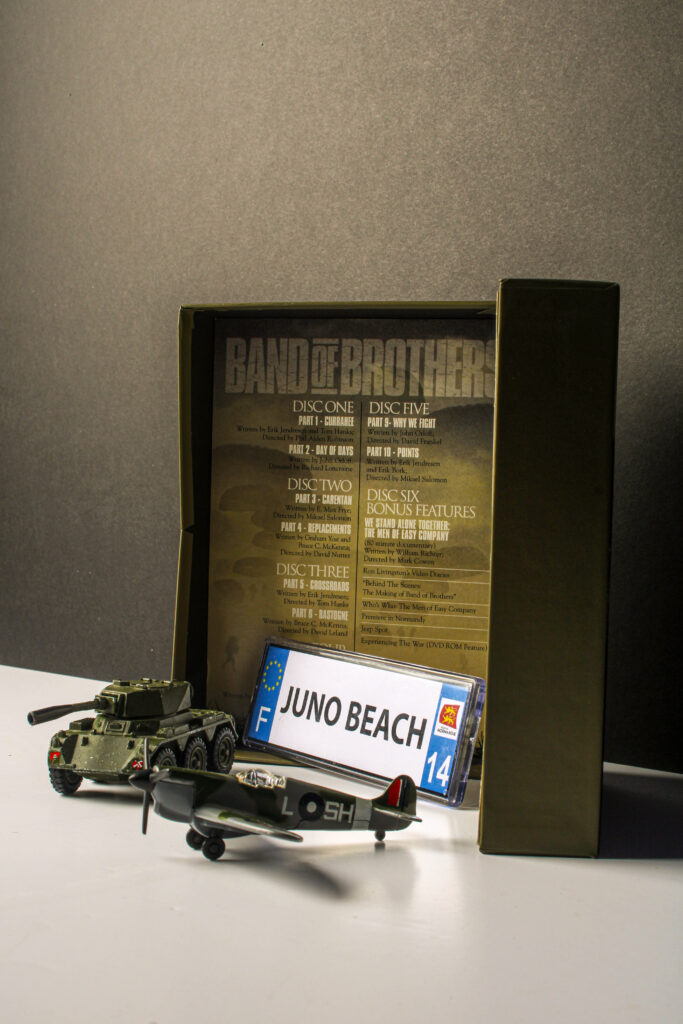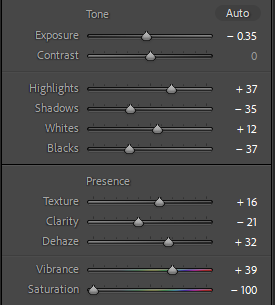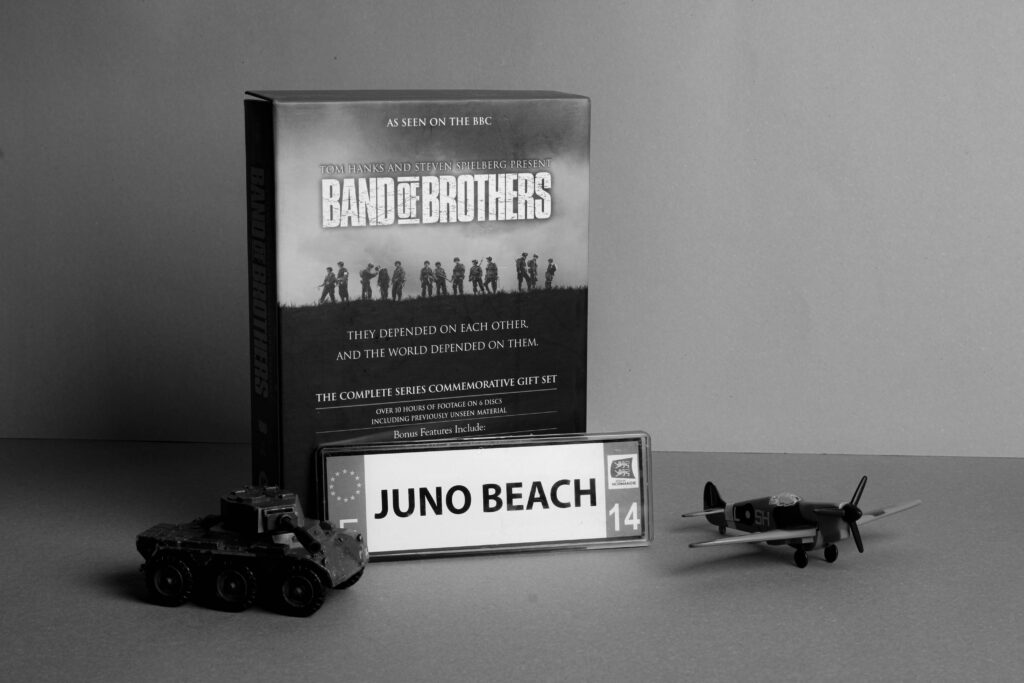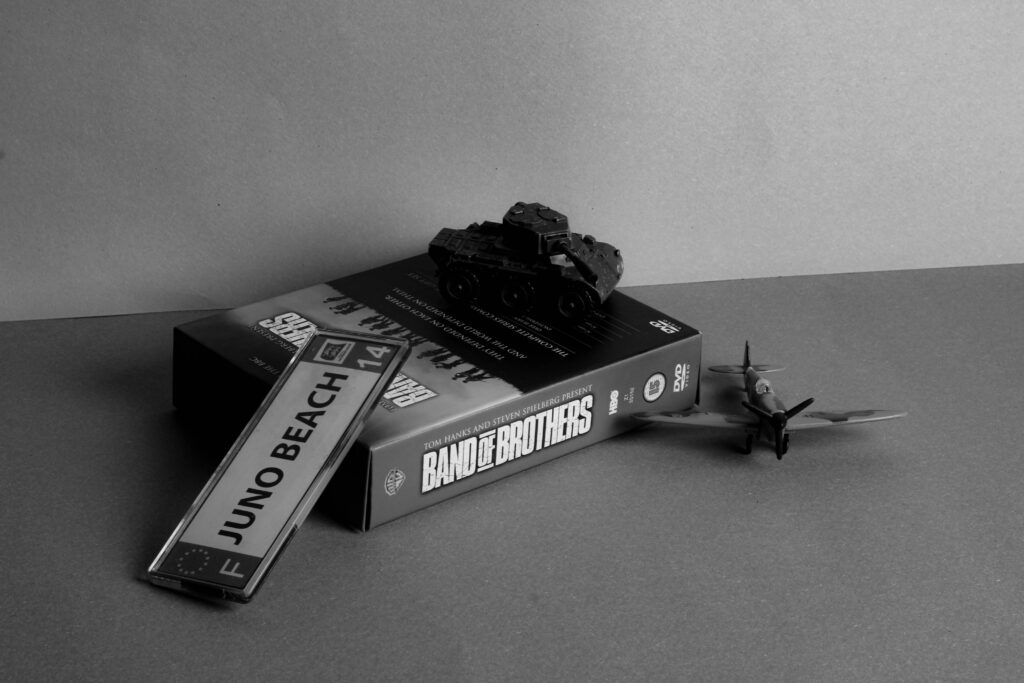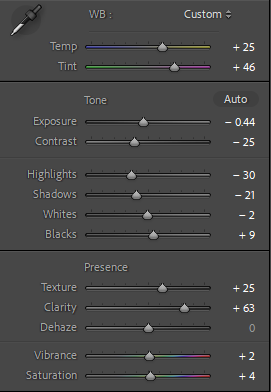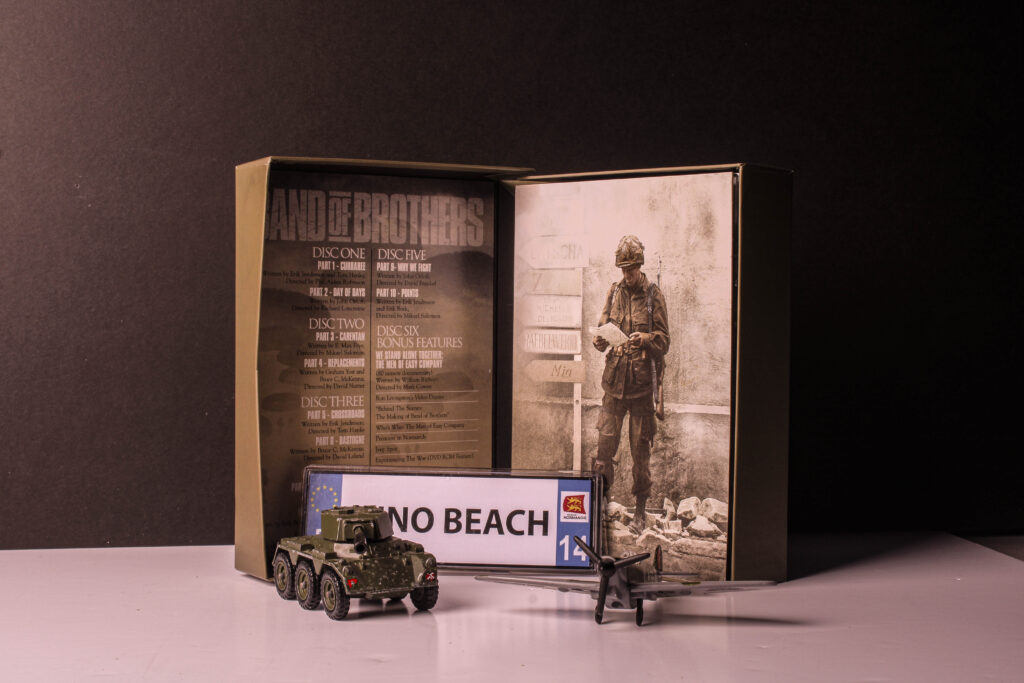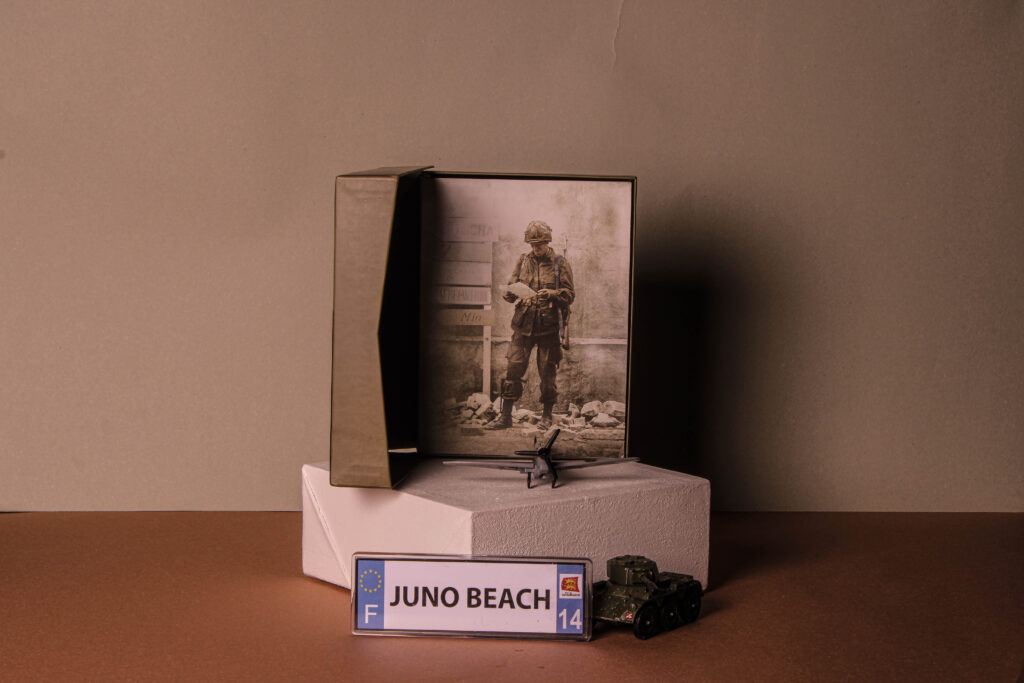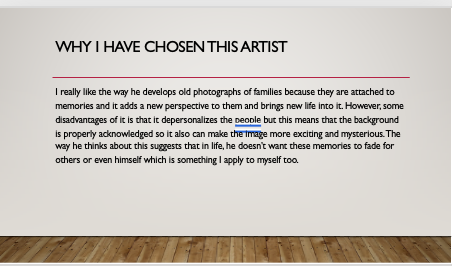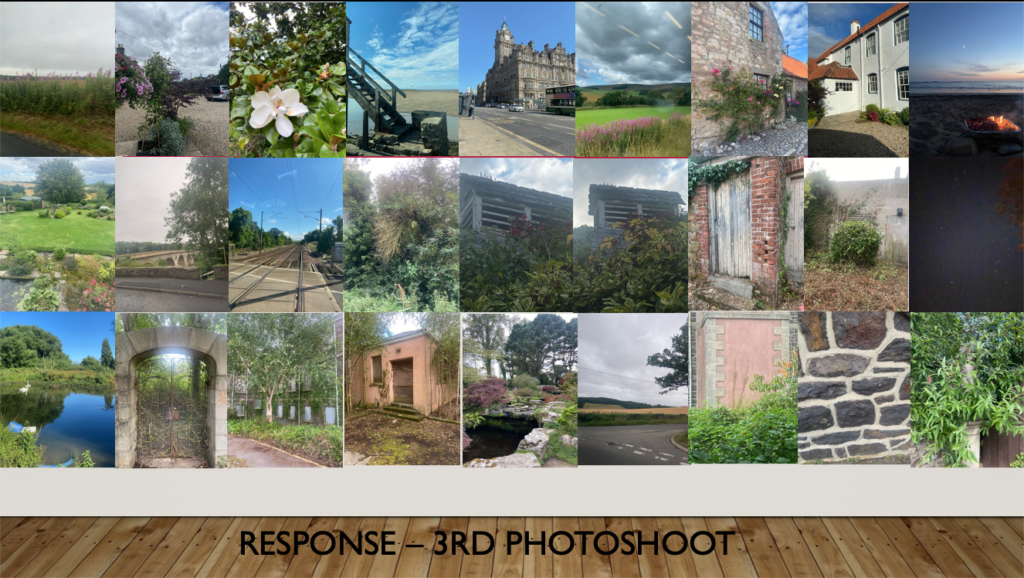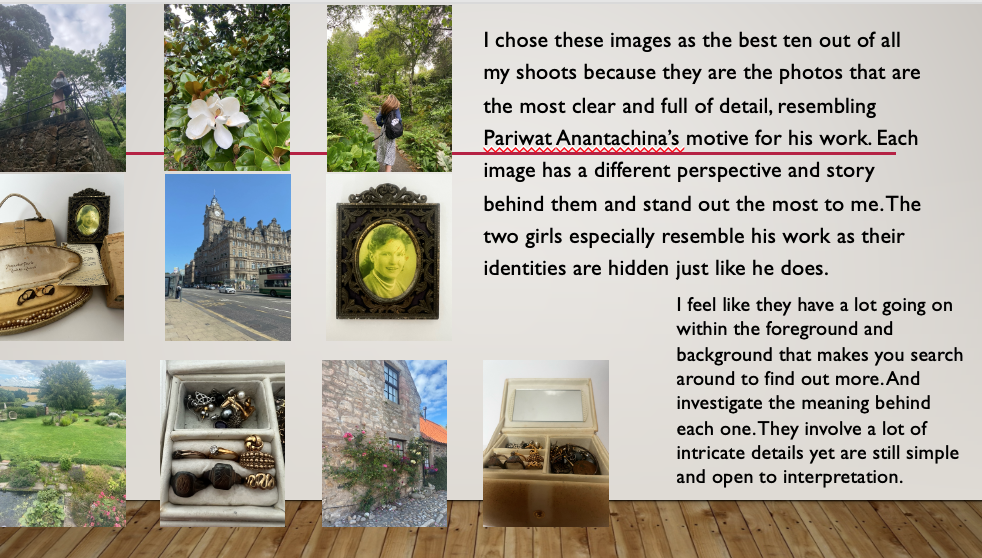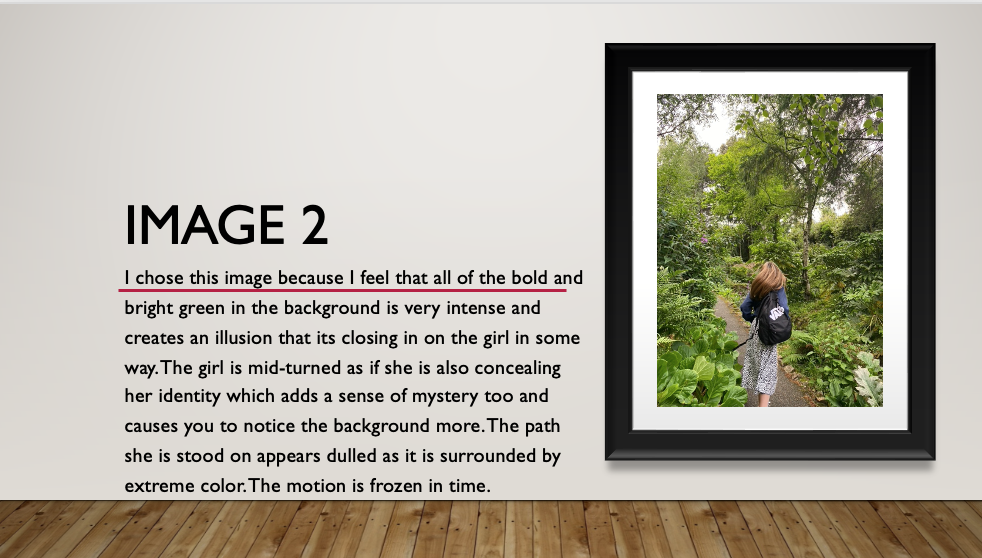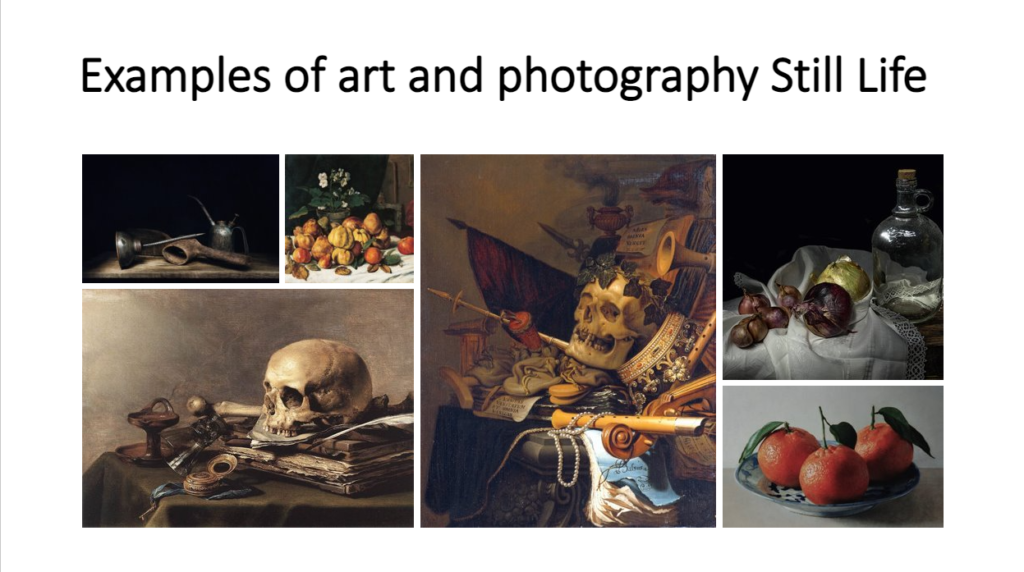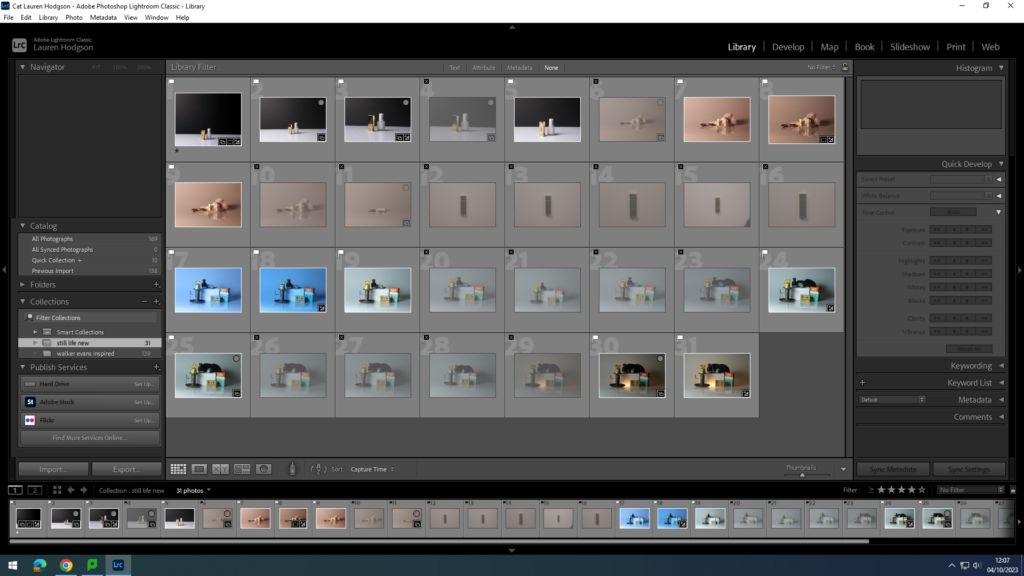A-level photography quiz
1: What is the etymology (origin & history) of the word photography?

Writing with light
2. What year was the first photograph made in camera made?

1826 (Joseph Nicéphore Niépce)
3. When did the first photograph of a human apear?
1838
4. who made the first selfie?
Robert cornelious (1839)
5. When did the first colour photo appear
1861
6. what do we mean by the word genre?
A style or catogorey of art
7. What do we mean by the genre of still-life?
An image that shows inanimate objects from the natural or man-made world
8. What was the main purpose of the Pictorialist movement?
To affirm photography as an art form
9. How do we describe the term documentary photography?
Capture images that truthfully portray people, places and events. Staging images for maximum effect. Provide in-depth information about a subject over a long period time. An interpretation of reality as witnessed by the photographer
10. What is exposure in photography?
The amount of light that reaches your camera’s sensor.
11. What controls exposure on your camera?
Aperture, shutter speed, ISO.
12. What control on our camera records moving objects?
Shutter
13. How do we explain depth of field?
How much of your image is in focus.
14. What factors affect Depth of Field?
Lens aperture, distance from camera to subject, and lens focal length.
15. What is composition in photography?
The arrangement of visual elements within the frame.
16. What is your understanding of aesthetics in art?
Concerned with the nature of beauty and taste. It is subjective and in the eye of the beholder. Aesthetic qualities refer to the way and artwork looks and feels. Making a critical judgement based on observation and understanding.
17. What are contextual studies in photography?
To provide historial, cultural and theoterical understanding of images.
18. How many images are captured on average every day worldwide?
4.7 billion
19. Which portrait is the most reproduced in the world?
The Queen (Elizabeth II)
A-level photography quiz
1: What is the etymology (origin & history) of the word photography?
Writing with light
2. What year was the first photograph made in camera?
1826 (Joseph Nicéphore Niépce)
3. When did the first photograph of a human apear?
1838
4. who made the first selfie?
Robert cornelious (1839)
5. When did the first colour photo appear
1861
6. what do we mean by the word genre?
A style or catogorey of art
7. What do we mean by the genre of still-life?
An image that shows inanimate objects from the natural or man-made world
8. What was the main purpose of the Pictorialist movement?
To affirm photography as an art form
9. How do we describe the term documentary photography?
Capture images that truthfully portray people, places and events. Staging images for maximum effect. Provide in-depth information about a subject over a long period time. An interpretation of reality as witnessed by the photographer
10. What is exposure in photography?
The amount of light that reaches your camera’s sensor.
11. What controls exposure on your camera?
Aperture, shutter speed, ISO.
12. What control on our camera records moving objects?
Shutter
13. How do we explain depth of field?
How much of your image is in focus.
14. What factors affect Depth of Field?
Lens aperture, distance from camera to subject, and lens focal length.
15. What is composition in photography?
The arrangement of visual elements within the frame.
16. What is your understanding of aesthetics in art?
Concerned with the nature of beauty and taste. It is subjective and in the eye of the beholder. Aesthetic qualities refer to the way and artwork looks and feels. Making a critical judgement based on observation and understanding.
17. What are contextual studies in photography?
To provide historial, cultural and theoterical understanding of images.
18. How many images are captured on average every day worldwide?
4.7 billion
19. Which portrait is the most reproduced in the world?
The Queen (Elizabeth II)


